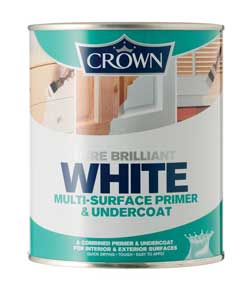
These chairs I have for a very long time. Put them on the balcony and didn't know what exactly to do with them - unlike my cat who used them during summer to nap. I decided to finally refurbish them and it was rather easy and fast project. I really could have done it years ago.
Short tutorial how to makeover chairs
Above are chairs as they look like before makeover.
First step is, as usually, to sand the wooden parts. I did it manually wit the sand paper grade 80 (moderately rough). It is essential to thoroughly clean the dust using wet sponge or rag. If there are some grease stains you can use some dish washing liquid.
As I wanted to achieve shabby look, used wood stain. Put two coats of green color low-build wood stains (acrylic, of course) and one coat of transparent varnish for protection. Allow each coat to dry before putting another one. For acrylic paint it is less then 30 minutes. And voila, chairs are ready.















